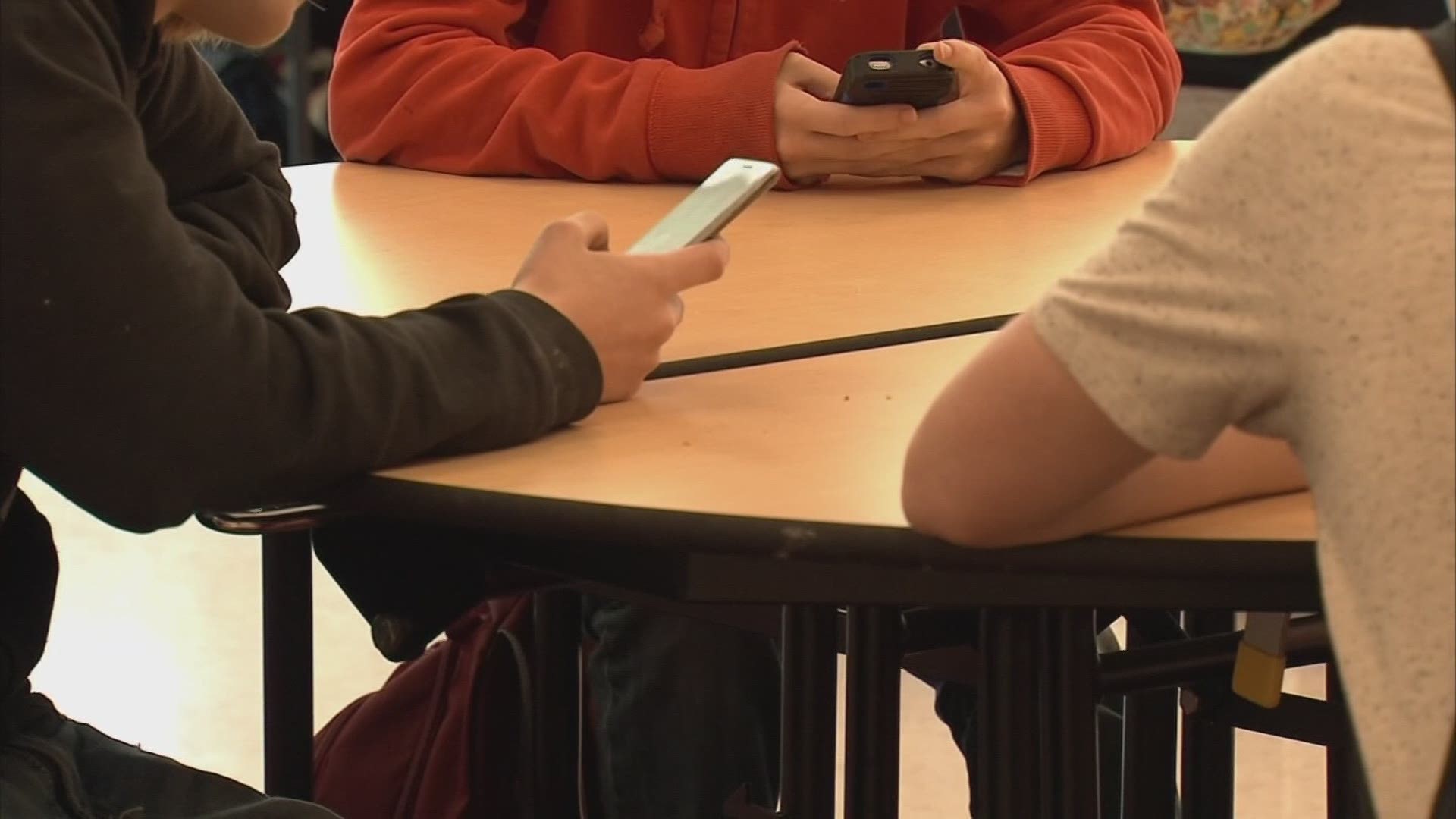Mari Rearley is a mother of three boys, 8, 10 and 13.
“As a parent, you can’t just sit and watch every single thing that they do, with my boys I’m just very open and honest and try to just educate them,” Rearley said.
In society, especially during this pandemic, kids and teens have access to a lot of content online and on TV.
“A lot of YouTube, a lot of video games, a lot of online activity,” Rearley said.
There’s also a lot more circulating online and on TV.
“They do a lot with their headsets, so I can’t always hear what’s going on, on the other end but I have educated them on things to look for, making sure all the kids that they talk are their own age. If there’s any kind of foul language or anything that’s more adult-like, I’ve tried to educate them on ways to recognize that and to click off of it,” Rearley said.
It isn’t easy and Rearley said as a parent, it’s sometimes scary.
“I make sure everything is on restricted mode,” Rearley said.
Roy Bobbitt is a clinical social worker and owns his own counseling practice in Dublin.
He’s suggesting parents follow these five P’s.
“The first P is remember you’re the parent, you get to make these decisions you don’t have to be the cool parent it’s OK, these are your kids, you get to do the things you believe will keep your kids safe and raise them the way that builds the skills that you want them to have as they more into adolescence and adulthood,” Bobbitt said.
The second step is prevention, set up restriction settings and rules on what they can or can’t watch. Bobbitt said this is a key tool in keeping kids safe, more-so online interacting with others.
As for the third, Bobbitt said to pay close attention, especially if the kids are younger.
“I would suggest, especially with younger children, that all media be used in public spaces in the house, and so in the kitchen in the living room any place where the family can gather and you can keep an eye on what’s going on, so just paying attention and making sure you know what’s going on,” Bobbitt said.
The next step is processing.
“Things that children are seeing today, whether it’s on regular television on the internet, are maybe upsetting or sometimes can actually be traumatic, and something can catch you off guard you’re not ready for it, they sit down in front of the TV and you’re not paying attention and they see something, it’s important to be able to talk to your children about that help them work through what they saw and help them feel OK,” Bobbitt said.
For Rearley, she said she tries to educate them and help them feel comfortable about coming to her to talk about anything they may have seen or heard.
“Exposure to certain things isn’t necessarily a bad thing,” Rearley said.
Bobbitt said helping them understand certain words or actions is important.
“It teaches them the skills they’re going to need as they move out into the world and as they encounter things without you being around,” Bobbitt said.
The last step to follow is personal.
“Be aware of use, it’s up to you to set the example,” Bobbitt said.

